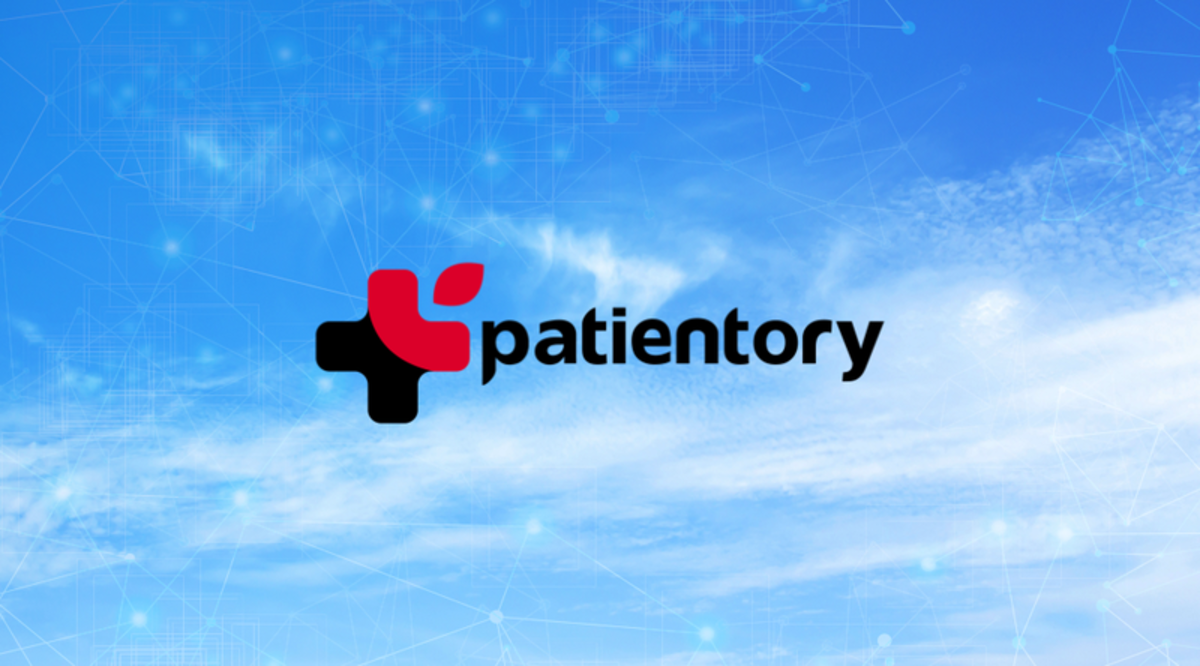
Blockchain healthcare company Patientory has been busy since Bitcoin Magazine first covered the organization in May.
The company, which is putting electronic medical records (EMRs) on an Ethereum-based blockchain for better security, has obtained funding and partnerships to help promote its concept. By the time it launches its enterprise solution, the company wants to give medical practitioners healthcare at their fingertips — and easy account settlement for patients and healthcare payers alike.
Patientory released its payment token, “PTOY,” on May 31. The three-day token sale raised $7.2 million from over 1,700 purchasers. The company is using the funding to launch its smart contract-based platform for EMR storage and patient payment processing.
“The healthcare system is fragmented,” explained Chrissa McFarlane, CEO of Patientory. As McFarlane pointed out, Patientory “really brings together the industry as a collective toward reducing costs and improving not only the U.S. healthcare infrastructure but the global healthcare ecosystem.”
Since its crowdsale, the company has focused on integrating with other networks to help build a decentralized ecosystem for healthcare participants. One of the most significant developments for Patientory came in late August when it announced its partnership with the Linux Foundation’s Hyperledger initiative.
Hyperledger follows the Linux Foundation’s model of building reference platforms for commonly-used technologies. What it did for Linux, it hopes to do for the blockchain. Just as there are multiple Linux distributions, the project will spawn a family of blockchain frameworks using code from a single reference platform, making it easier for the frameworks to interoperate with each other.
A key part of a smart contract-based platform is an oracle, an agent that derives information from a third-party information source; which Patientory will build to communicate with Hyperledger’s code.
But Hyperledger won’t be the group’s only such partnership.
“The future of the blockchain is that there will be multiple chains out there,” explained McFarlane. She expects to build oracles for those, too.
One of Patientory’s key goals is to integrate disparate processes in the healthcare system to produce end-to-end visibility.
“If we’re going to use the blockchain to really be the foundational layer for that interoperability, then the chains have to interact with each other and provide the same functionality,” McFarlane said.
The company is paying similar attention to payments integration. Blockchain-based digital cash network Dash has partnered with blockchain web services company BlockCypher to offer a grant program for organizations integrating their services. Patientory announced its participation in that program in August.
“Dash is purely digital cash, so we’re able to spearhead and accelerate the usage of digital currency for transactions in the health industry,” said McFarlane.
With this integration initiative, Patientory is focusing on healthcare payers. They can use the network for claims processing, finding patients securely and processing their claims transactions. Patients will also be able to use the system for settling payments.
Using the blockchain for payments between providers will drive efficiencies into a traditionally complex and bureaucratic system.
Patientory “decreases their transaction fees and overhead from an administrative level,” said McFarlane.
Patientory has been busy building relationships in other ways, too. McFarlane now chairs a blockchain working group; and July saw the company win an “innovation mention” in the #Patient2Consumer challenge organized by start-up network 1776 and the MedStar Institute for Innovation. Patientory is also active on the conference circuit and is involved in the Distributed: Health conference currently taking place in Nashville.
On the technical side, Patientory established its genesis block in July and launched its Alpha testnet.
Perhaps the biggest task facing the company now, though, is educating the market: It hopes to do so through the Patientory Foundation, the organization that orchestrated the crowdsale.
“A part of that at the Foundation level is to host events,” McFarlane said. “We promote the concept and providing an avenue for people to ask questions and learn about the process and how everything works in this space.”
The company is hoping to launch its enterprise solution and beta the 1.0 version of it by the end of this year. Its focus now is on proving its concept, scaling the platform and fostering adoption. The first half of 2017 may have been busy, but for Patientory, much is still to come.










